10 essential Ghost of Tsushima tips
In Ghost of Tsushima, you’ll have to explore far and wide to defeat the Mongols
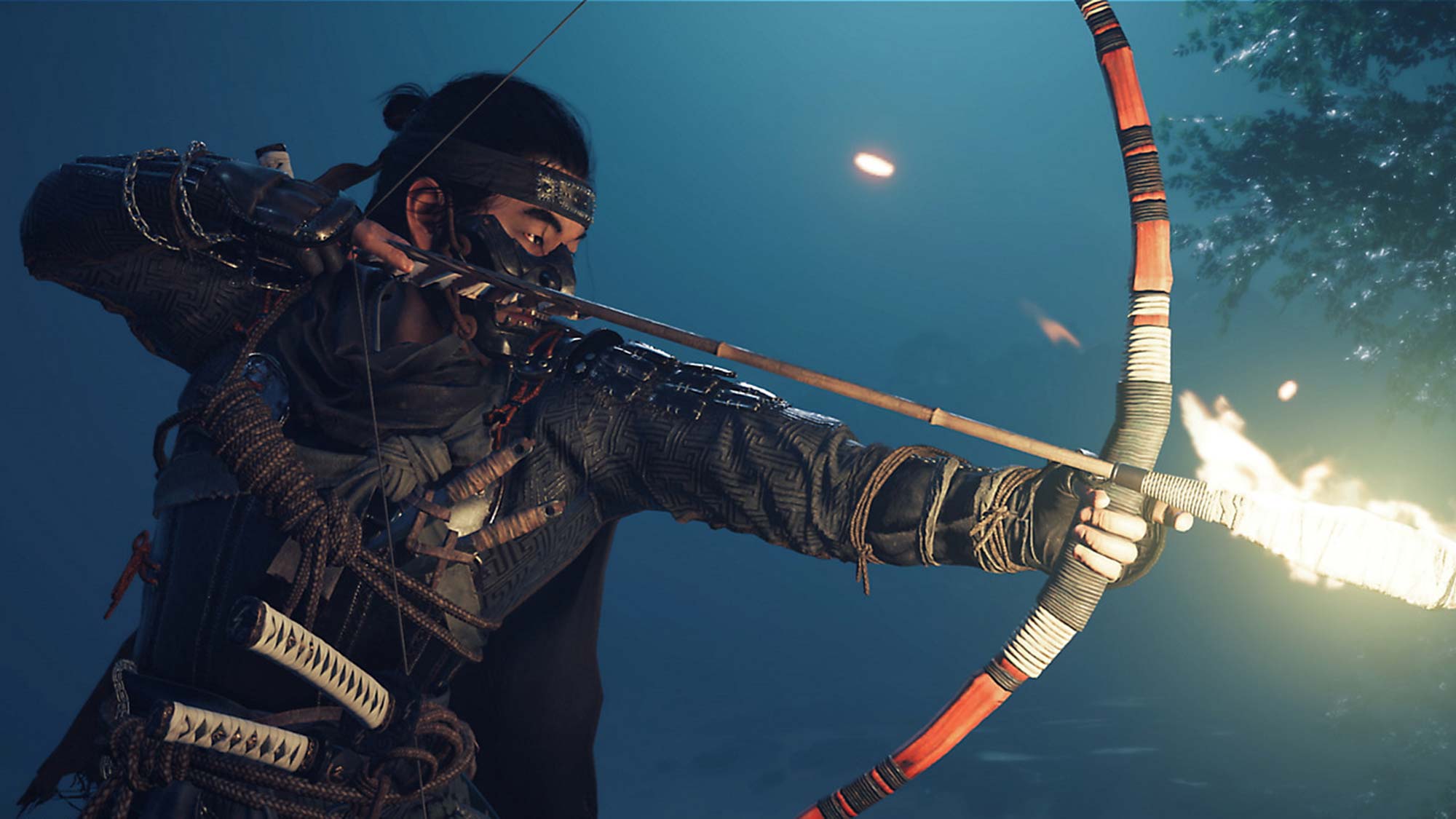
Ghost of Tsushima is finally here, and that means you can immerse yourself in a lovingly crafted samurai adventure for the next few-dozen hours. In this open-world action/stealth game, you’ll take control of Jin Sakai: an honorable samurai who must make difficult moral compromises to oust an invading Mongol army from his home island. Based on real events from world history and infused with the action and drama of a classic samurai film, Ghost of Tsushima is a thoroughly enjoyable game from start to finish.
It can also be a tough game, though. Ghost of Tsushima has a lot of different gameplay systems, and almost every single one has a bit of a learning curve. From the way you explore the world, to the way you meet enemies in open combat, to the way you can employ stealth and subterfuge, Ghost of Tsushima is a game that rewards patience and experimentation. If you’re just getting started, enjoy these ten spoiler-free tips to streamline your journey across medieval Japan.
- Play the best PS4 games
- Check out the best PS4 deals for consoles, games and accessories
- The 10 best games to play after Ghost of Tsushima
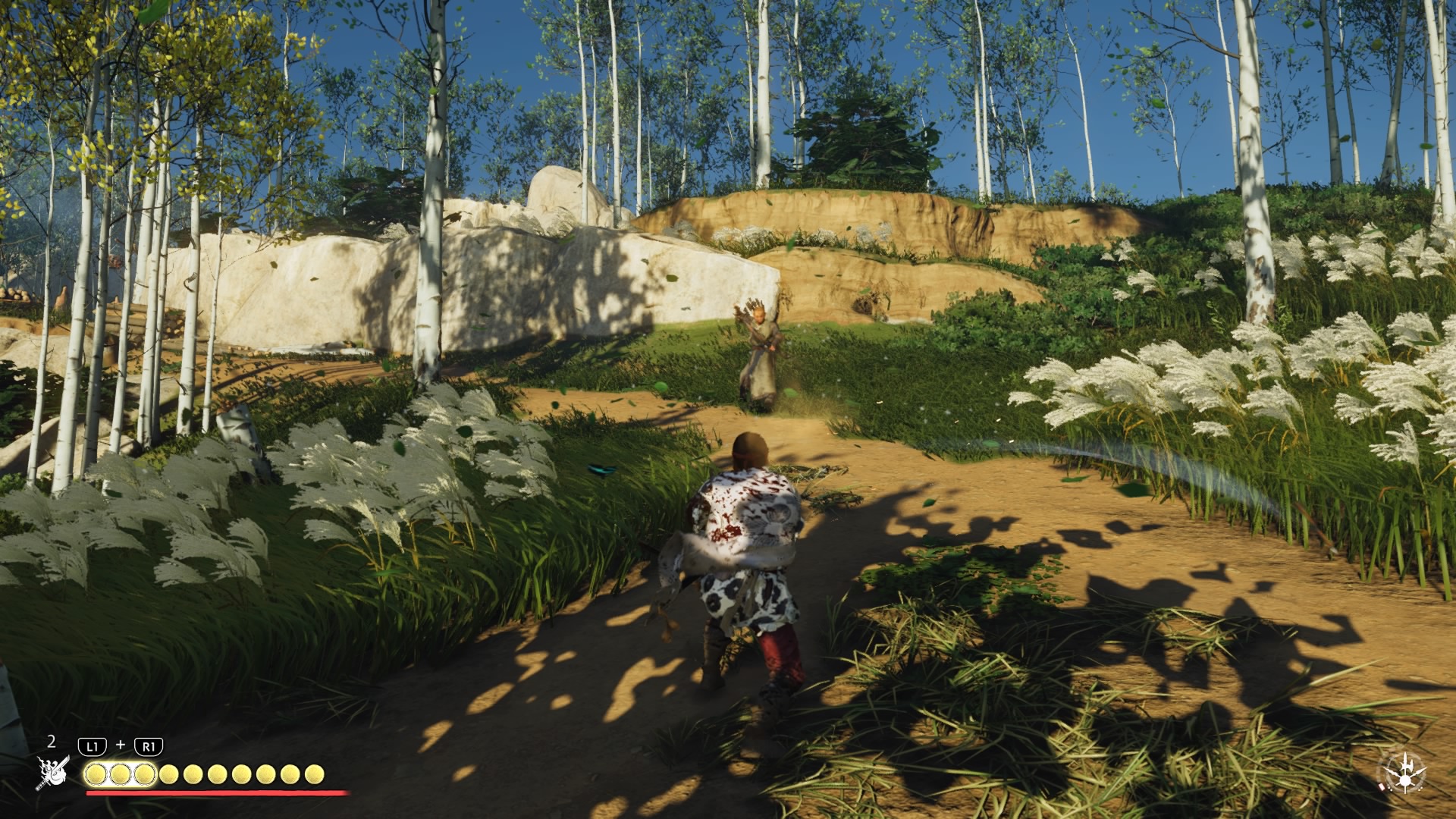
Explore in the Traveler’s Attire
As you play through Ghost of Tsushima, you’ll earn a variety of different armor sets. However, the first set you find is arguably one of the best. Compared to armor sets that reduce damage or grants special abilities, the Traveler’s Attire may seem pretty modest. At first, all they do is increase the amount of the map you explore by 10%, and make the controller vibrate in proximity to optional collectibles. However, you can upgrade this outfit to reveal up to 30% more of the map, which is a huge deal, as you generally need to explore manually to find optional content. You also won’t get too reliant on health or damage boosts.
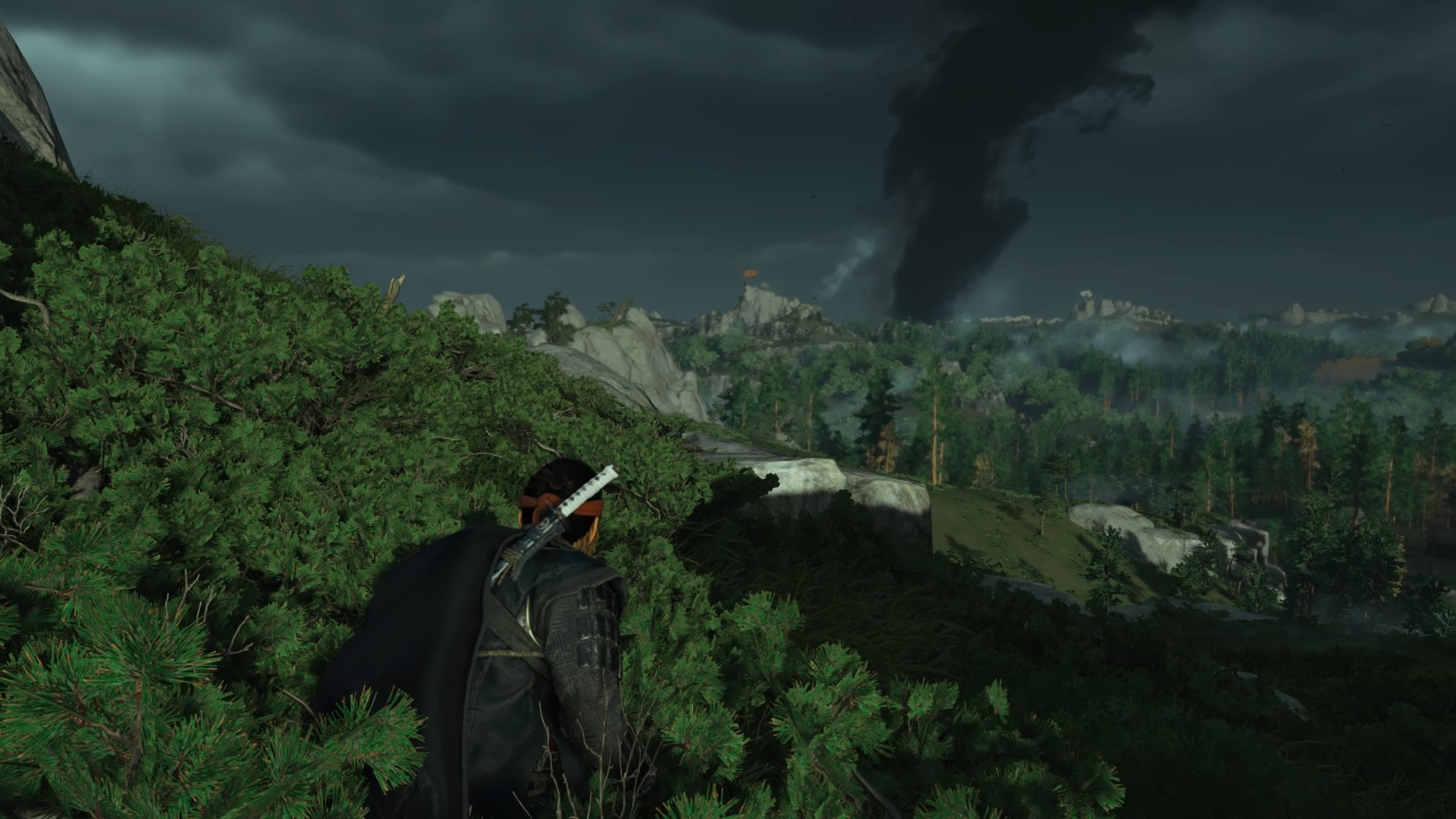
Feel free to use Ghost abilities
Early in Ghost of Tsushima, Jin experiments with his “Ghost” techniques — stealthy maneuvers, such as sneaking and assassination — for the first time. Shortly afterward, he has a flashback in which his uncle, Lord Shimura, explains to him that attacking from behind is disgraceful behavior. That may be so, but as far as I can tell, how you face your enemies has no effect on either the plot or game mechanics in Ghost of Tsushima. The plot goes in the same direction, regardless of whether you attack every enemy head-on or dispatch every one from behind. As such, go ahead and use your Ghost weapons and abilities; they can save you a lot of headaches in crowded enemy bases.
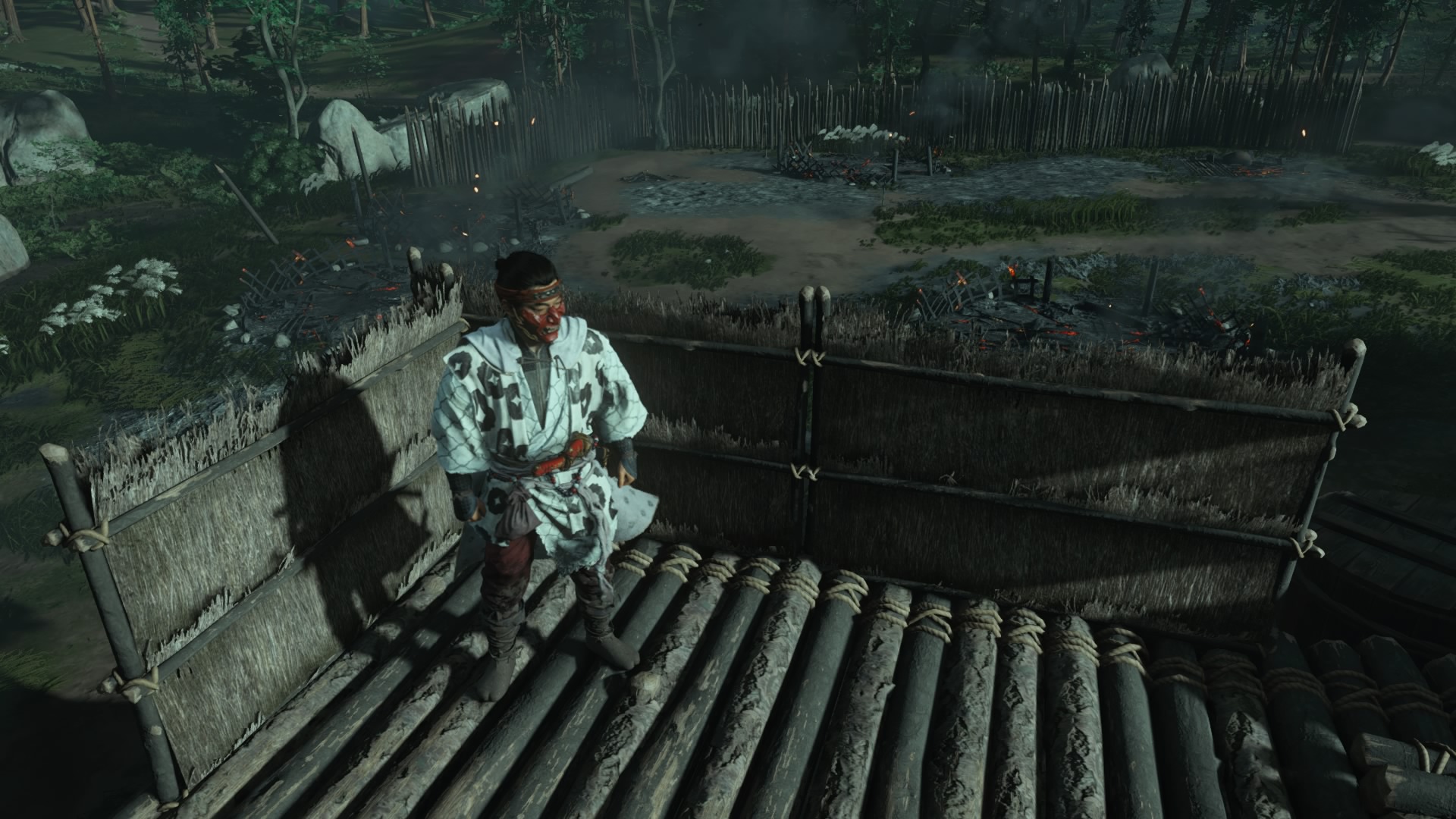
Liberate towns to reveal the map
Ghost of Tsushima has a big map, and short of riding around aimlessly, it’s often hard to figure out where the next optional objective is. Luckily, there’s one easy way to reveal big swaths of the map: by liberating occupied towns and forts. As you explore Tsushima, you’ll discover camps, crossroads and towns under Mongol control. By defeating the Mongols (and often completing some kind of secondary objective, such as gathering flags), you can help Japanese townspeople resettle their territory. Once you liberate a town, it’ll reveal a huge chunk of the map surrounding it, almost always showing you two or three optional objectives that you hadn’t seen before.
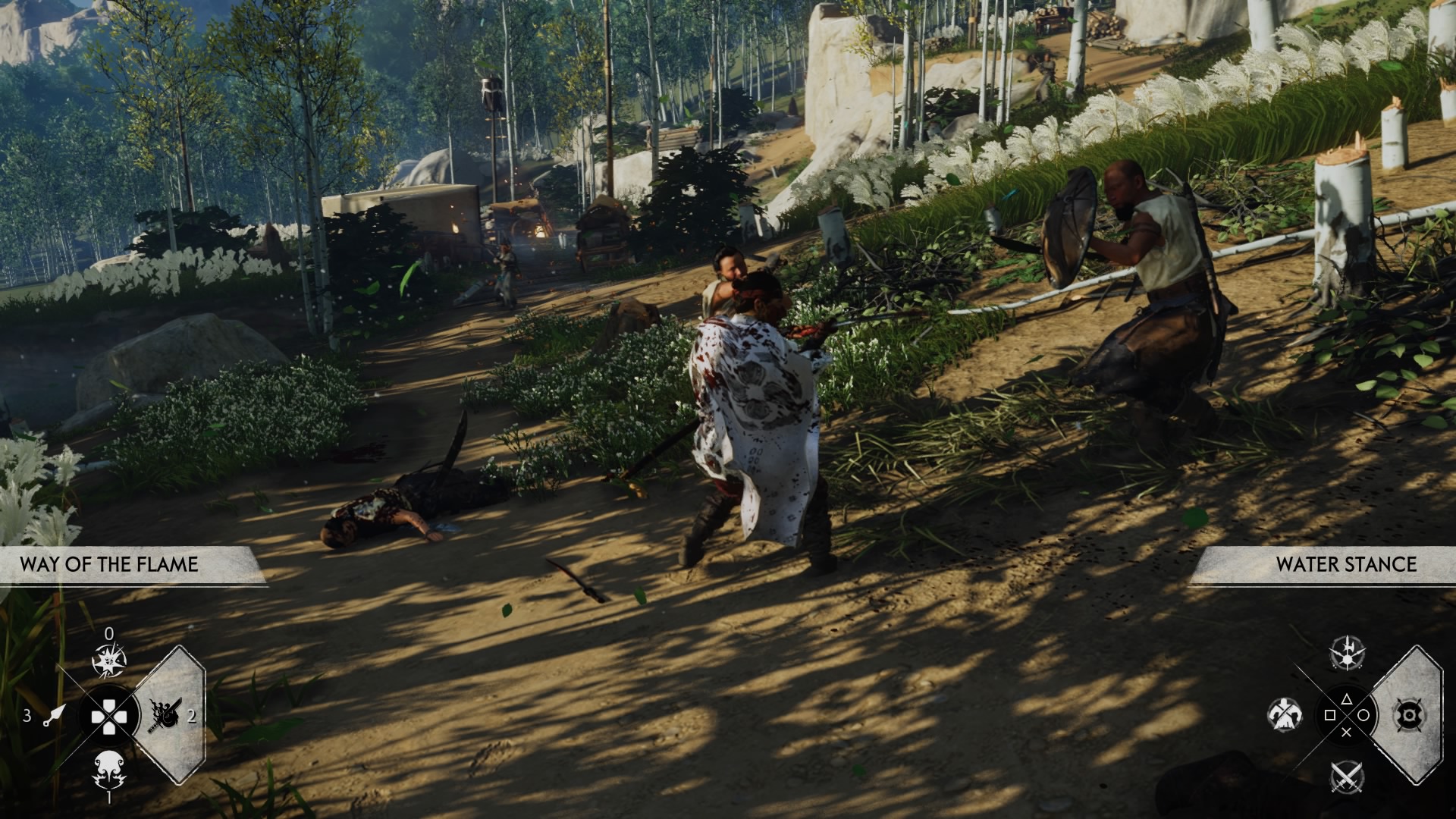
Switch up your stance
While Jin starts the game with only one swordfighting stance, he’ll eventually unlock four different ones: Stone, Water, Wind and Moon. Stone counters swordsmen, Water counters enemies with shields, Wind counters spearmen and Moon counters “brutes” (huge enemies that hit very hard). You can switch stances almost instantaneously, and time slows down as you do so. As such, you’ll be able to switch your stance in seconds, and you should do so as often as possible. In Act I, Stone stance will work against almost any enemy, but by time Act II rolls around, you’ll need to match stances to enemies if you want to do any serious damage.
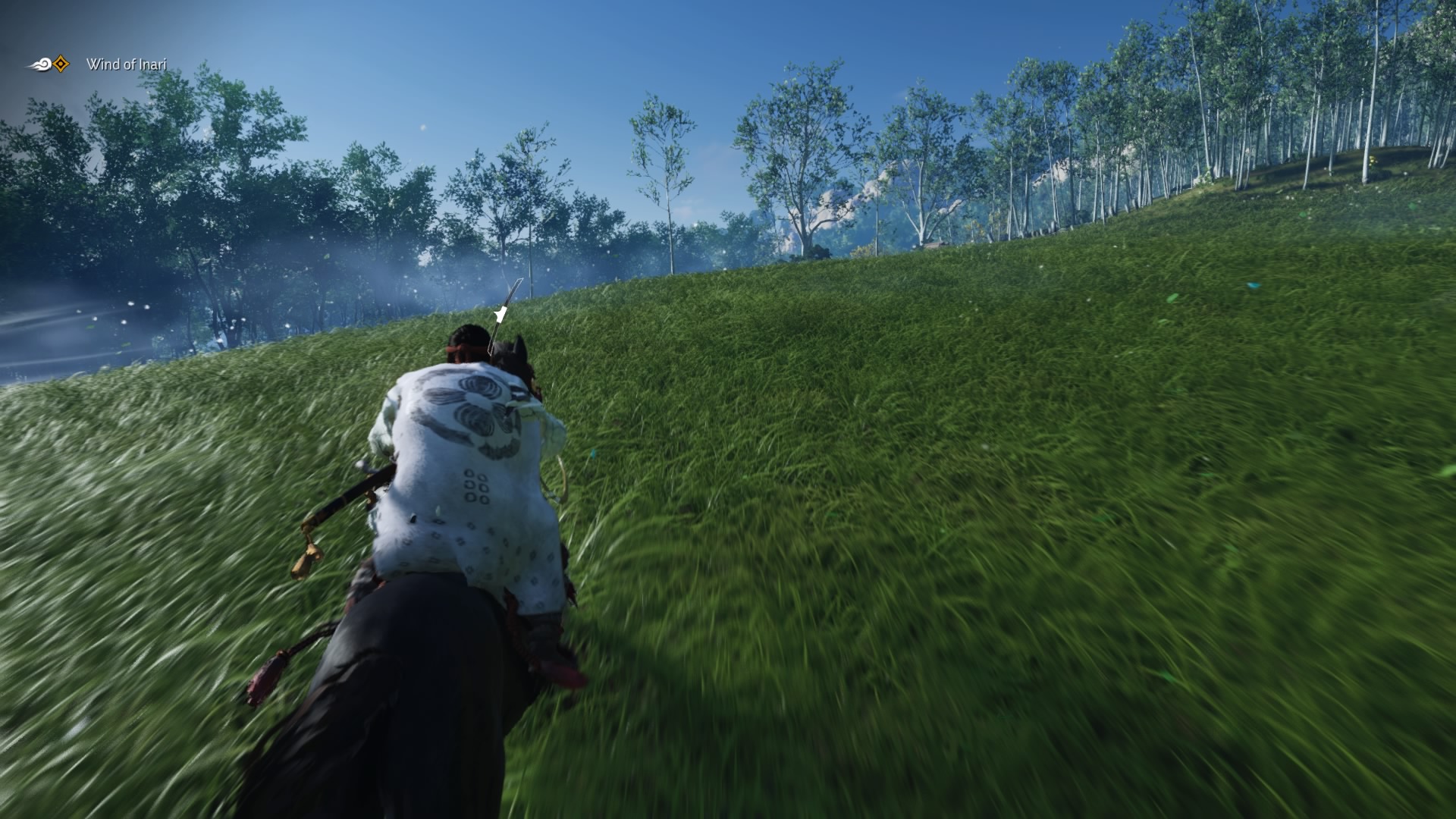
Use your exploration powers
Between parrying, dodging, stances and Ghost abilities, there’s a lot of stuff to upgrade in Ghost of Tsushima. As such, you may wonder why you’d spend your hard-earned upgrade points on five unassuming powers on the first skills page. These are called exploration powers, and they can lead you to hot springs, fox dens, Shinto shrines and more. While using them can be a bit unwieldy (they don’t tell you exactly where the next optional objective is), each one will point you in the right direction of a helpful upgrade. These especially come in handy if you’re building up your skills or equipment before a tough story mission.
Sign up to get the BEST of Tom's Guide direct to your inbox.
Get instant access to breaking news, the hottest reviews, great deals and helpful tips.
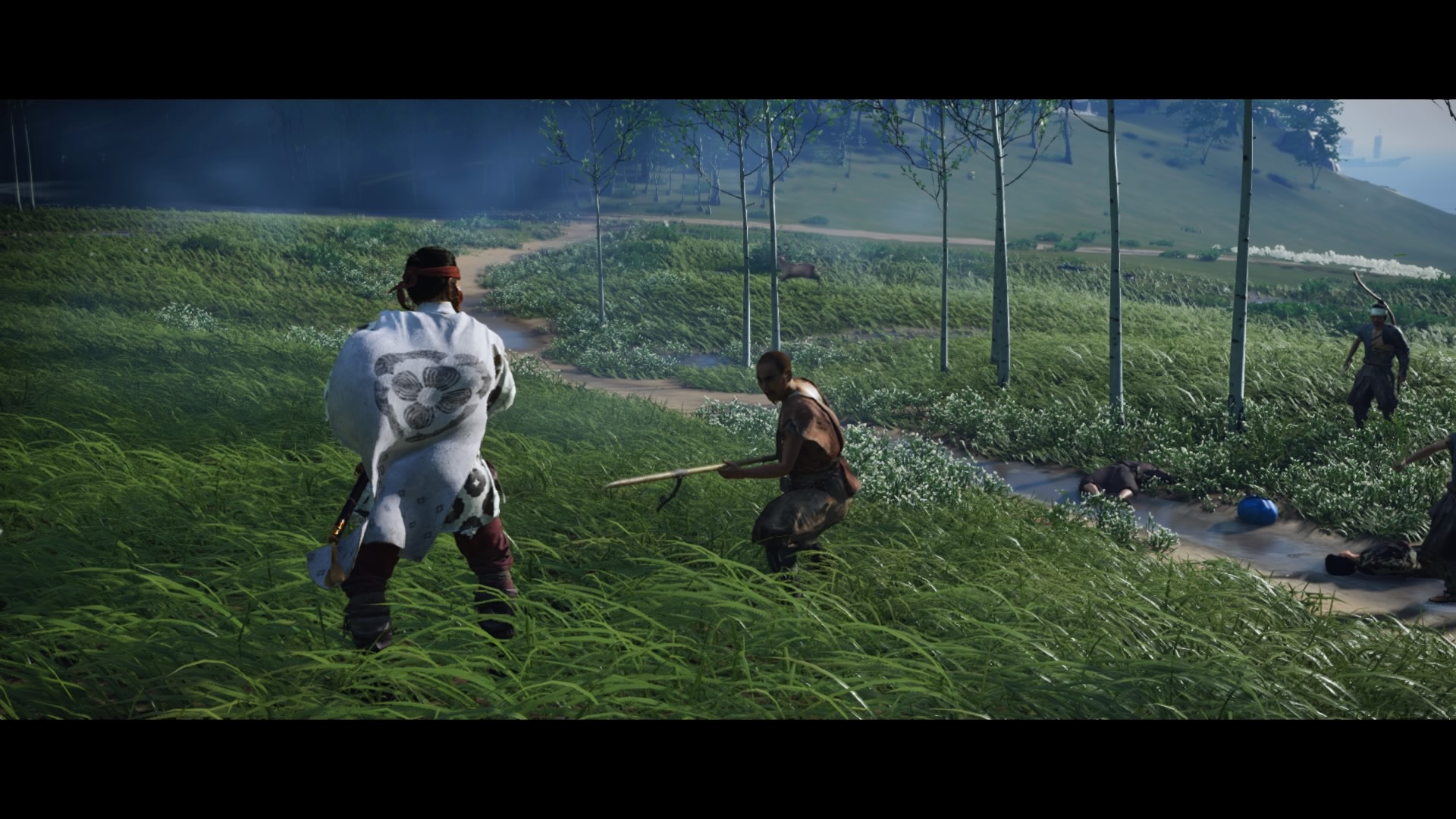
Decide between standoffs and stealth
When you invade a Mongol camp, it’ll probably end in a swordfight. When you first enter a camp, though, you’ll have two choices to thin their ranks: standoff or stealth. You initiate a standoff by walking right up to the front gate and challenging one of the Mongols to a duel, with the possibility of scoring an instant kill. While you can only stand off against one enemy to start, you can strike down up to five later on. Alternatively, you want to pick off foes one by one with assassinations, find an alternate entrance and isolate enemies before killing them. You can’t do both in the same camp, so choose wisely.
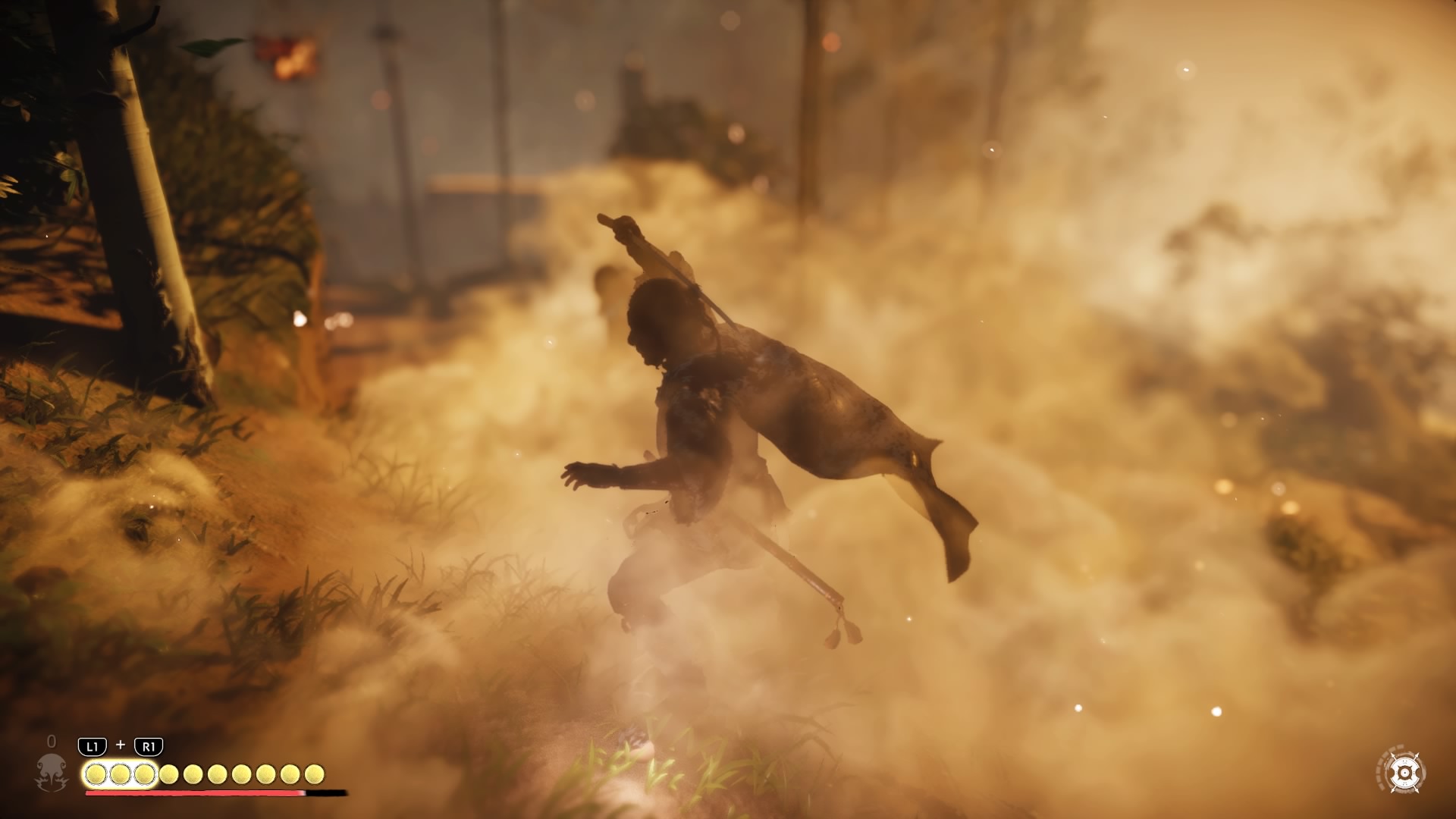
Ghost weapons make tough battles easier
Each act of Ghost of Tsushima comes with a massive difficulty spike. This forces you to get better at swordfighting, but even the best combatant can still find himself surrounded and outmatched. Remember, though: You can use your Ghost tools in battle, and they can change the tide dramatically. A fully upgraded smoke bomb, for example, will heal you and let you perform a multi-target assassination, while a fully upgraded kunai can stagger foes just long enough for you to get the killing blow. Bringing bombs and firecrackers to a swordfight may seem dishonorable, but if you want the purity of a samurai swordfight, seek out the optional Duels in Act II instead.
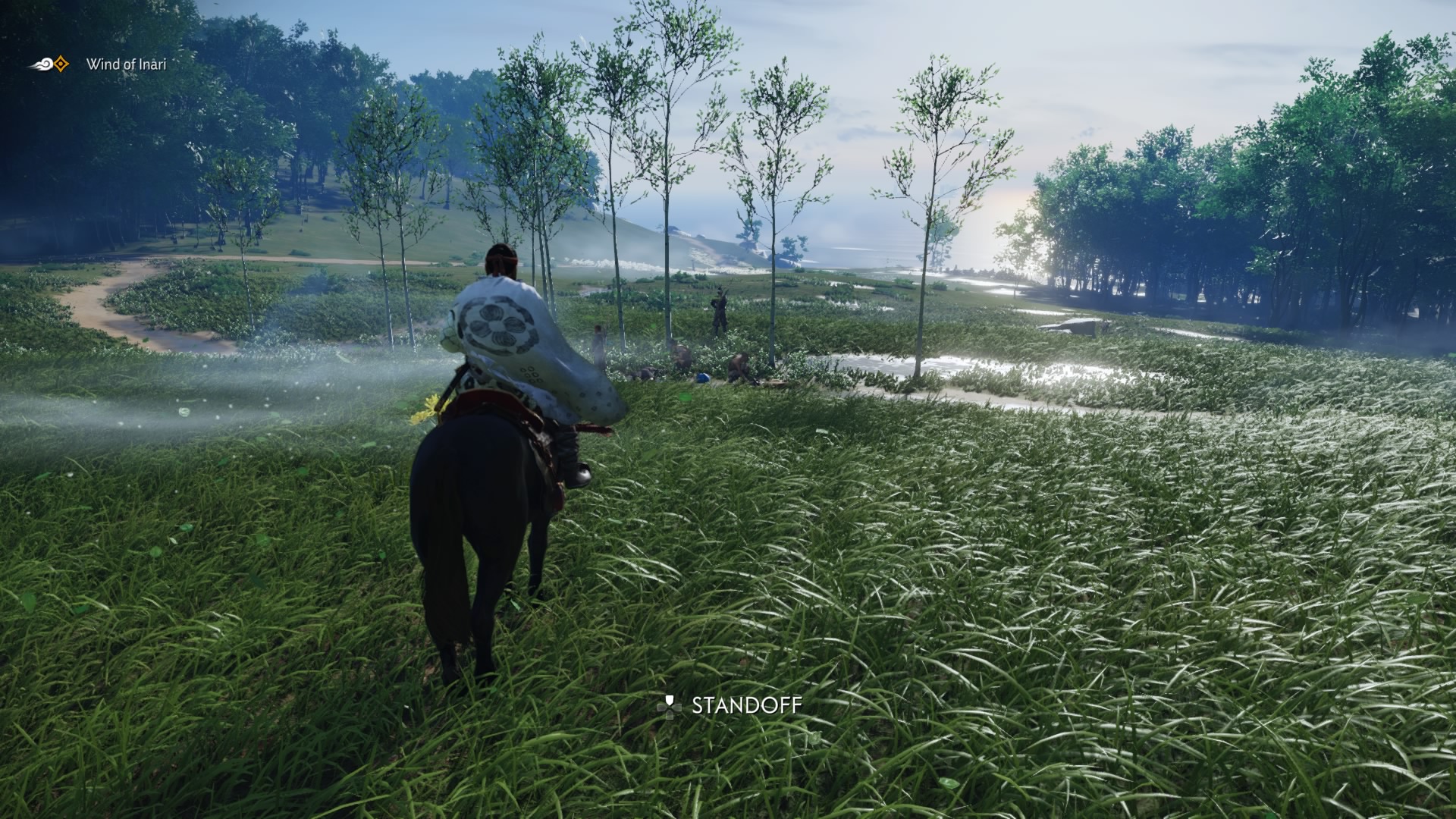
Rescue bystanders along the road
Ghost of Tsushima differs from other open-world games in one major way: There are no towers that reveal all of the optional objectives in an area. If you want to find the game’s dozens of hidden side activities, you’ll need to explore the map yourself. There’s help available, though, if you’re willing to stop and fight along the way. As you explore the roads of Tsushima, you’ll often come across Mongol warbands that have captured Japanese villagers. Rescue the villagers, and they’ll often tell you about an occupied camp or hidden hot spring nearby; they’ll even mark it on your map for you. Mongol warbands also hoard valuable supplies, so it’s worth stopping to investigate.
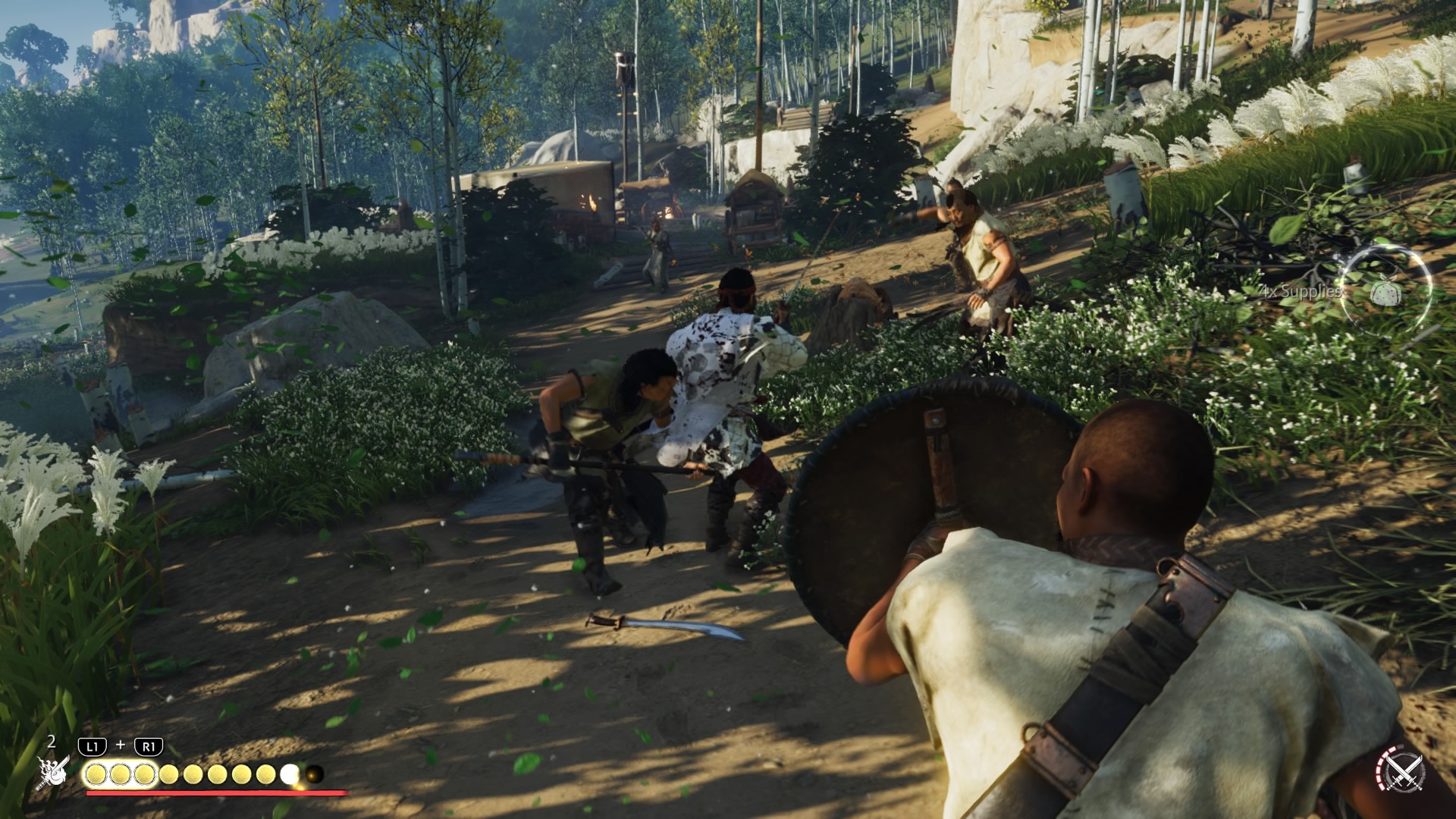
Parry whenever possible
Tough enemies can down Jin in just three or four hits, so you’ll need to avoid damage as much as possible. To that end, you have two options: parrying or dodging. Both are upgradeable skills, and you’ll want to put some points into both before the end of the game. However, when possible, parrying is the way to go. That’s because parrying refills your Resolve (which lets you use special abilities), and can even restore health and frighten off nearby enemies, depending on your upgrades. When an enemy’s attack glows blue, that means it’s ripe for parrying; if it’s orange, you’ll have to dodge instead. Hit the L1 button the second before your opponent’s weapon connects for maximum potency.
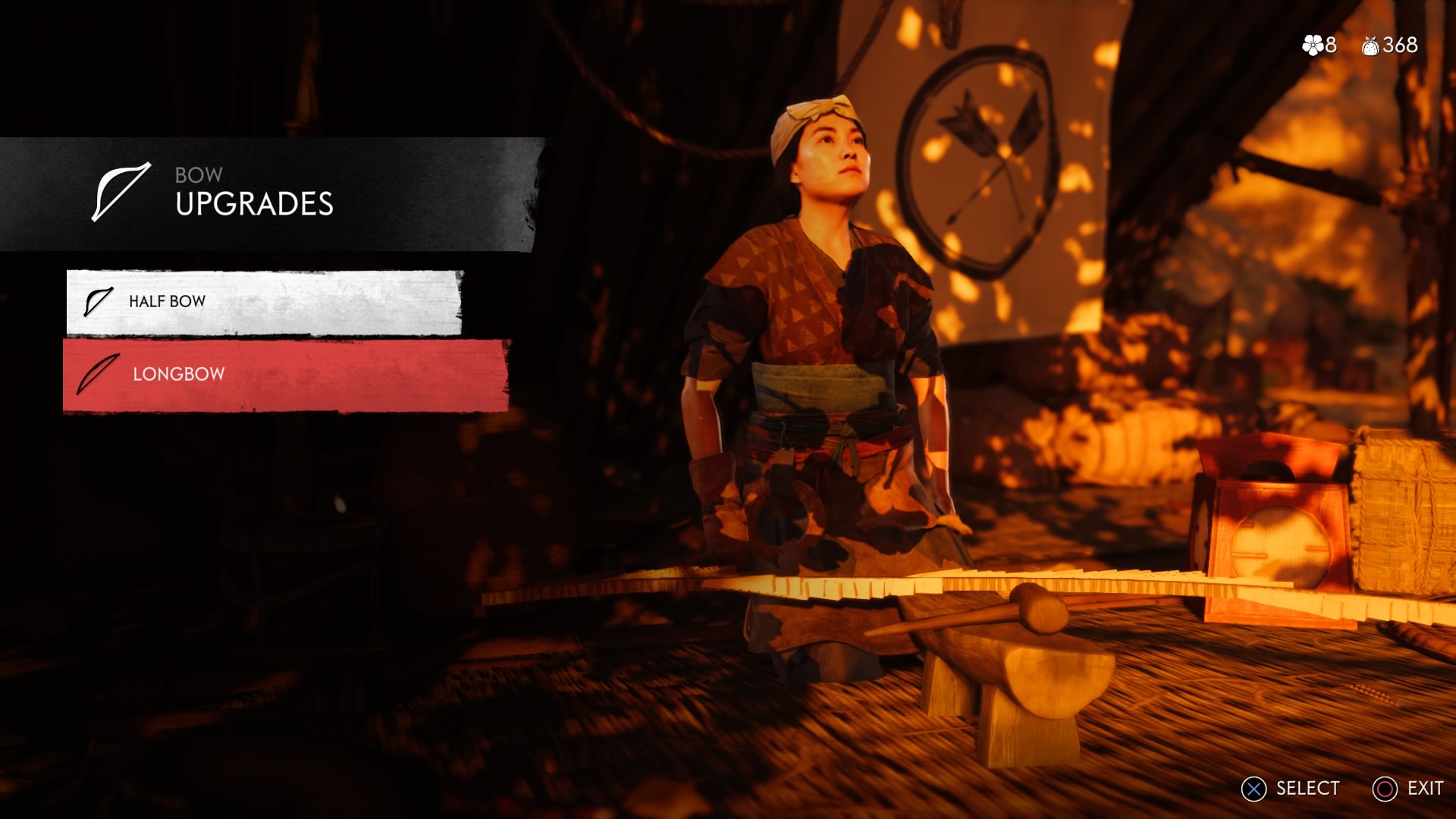
Don’t upgrade everything
Ghost of Tsushima has a ton of upgradeable weapons and armor. However, hunting for supplies and crafting ingredients can be a pain, and buying resources from vendors is often prohibitively expensive. As such, it’s probably good to focus on just three or four armor sets, at least to start. Which ones you like will depend on your playstyle, but I found it was a good idea to upgrade the Traveler’s Clothes, as well as one melee armor set and one ranged armor set. Bear in mind that you’ll get a lot of new armor sets during Act II, so it may be worth hanging onto some supplies until then to see what clicks. Your katana and short sword are both worth maxing out, however.
Marshall Honorof is a senior editor for Tom's Guide, overseeing the site's coverage of gaming hardware and software. He comes from a science writing background, having studied paleomammalogy, biological anthropology, and the history of science and technology. After hours, you can find him practicing taekwondo or doing deep dives on classic sci-fi.

